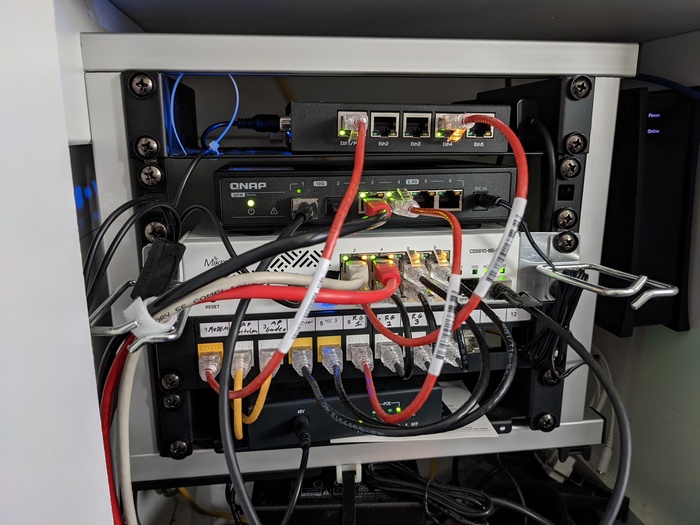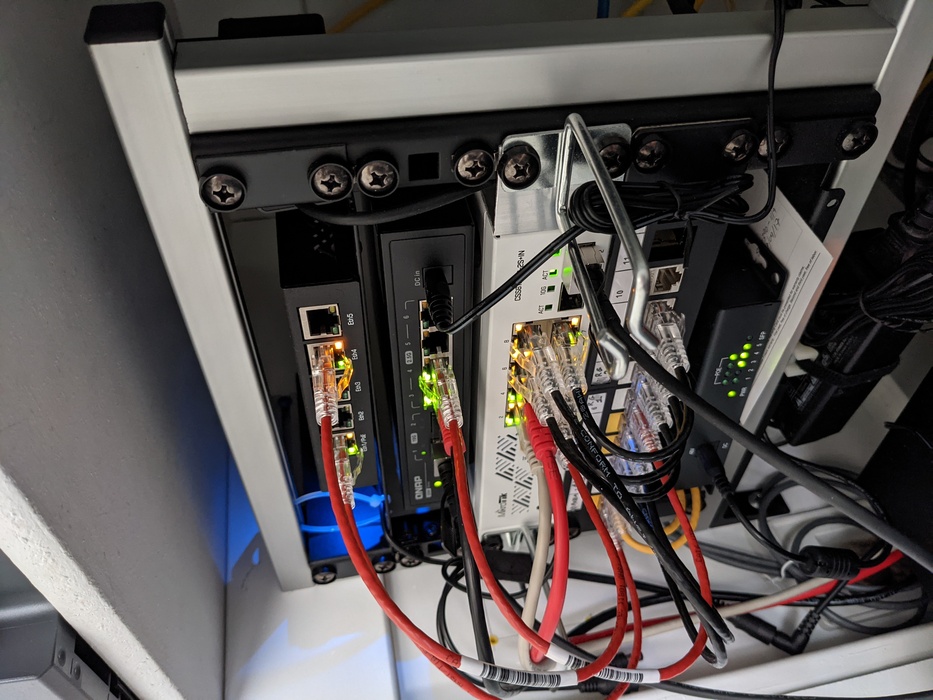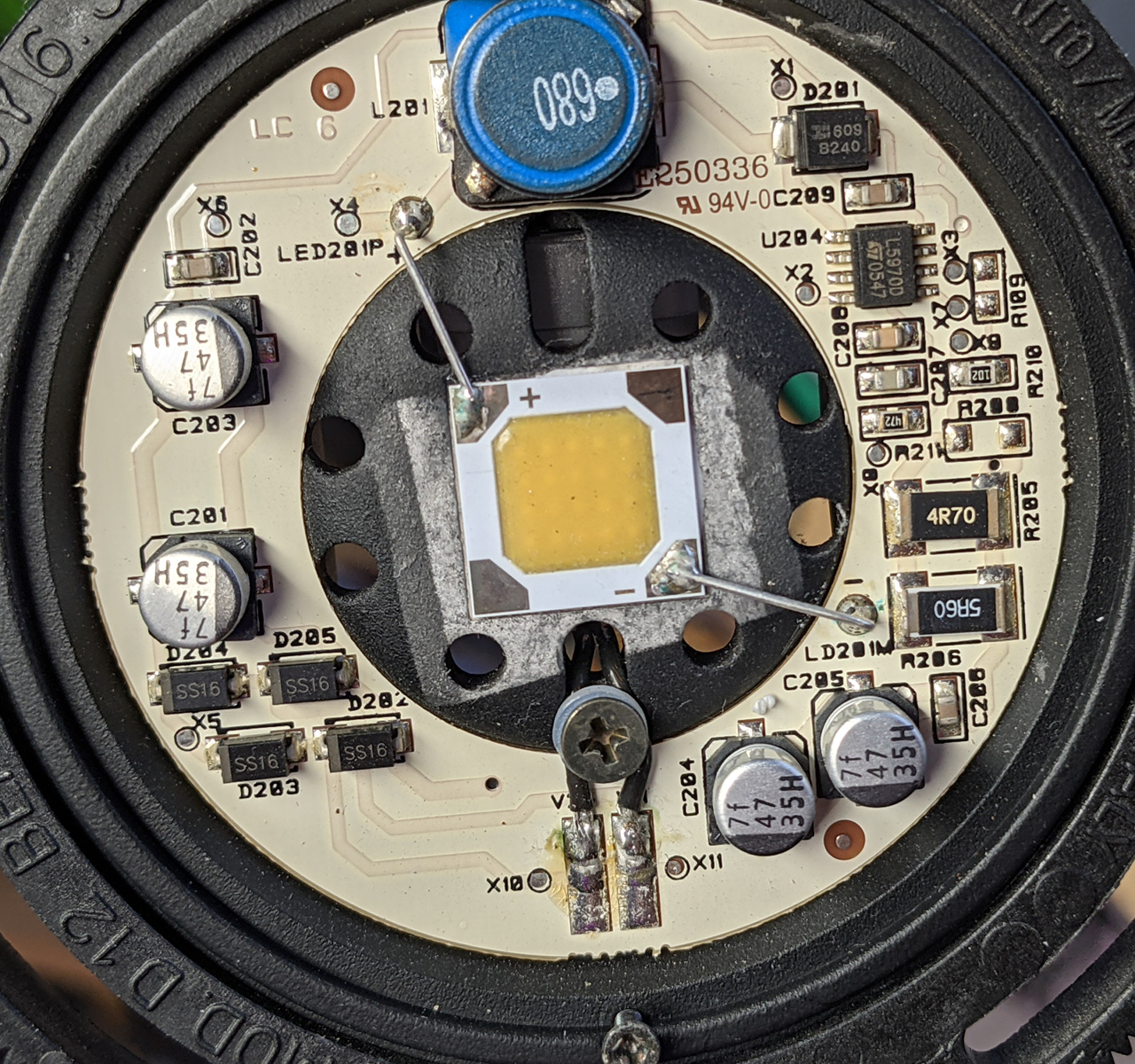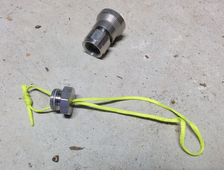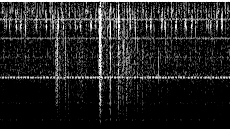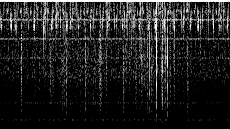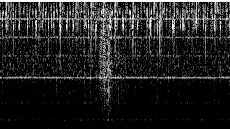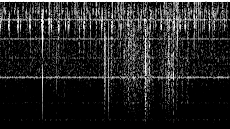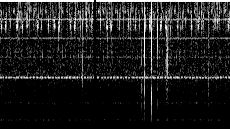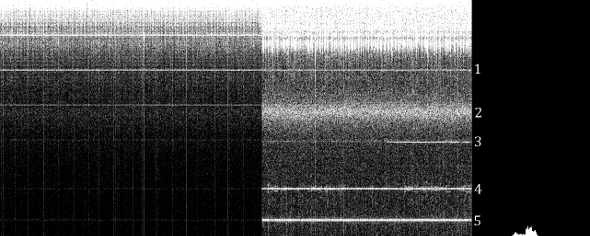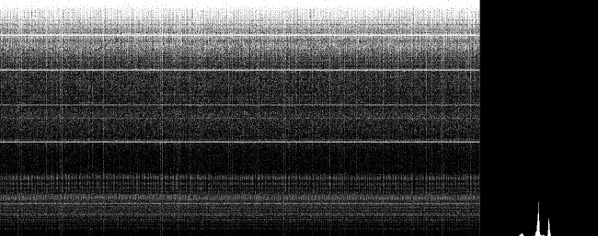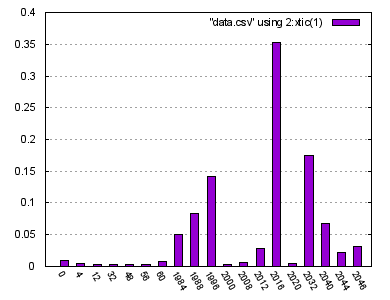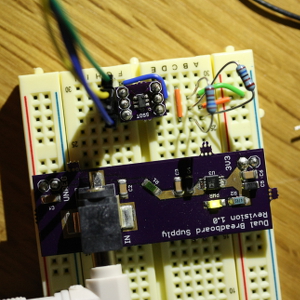I’ve been trying to connect my Chromebook to a Mikrotik box via VPN, and
thougth I’d share some of my debugging results. This is not meant to be an
OpenVPN tutorial - there are plenty of those around - but will merely give what
is needed to make this particular setup work.
The main issue is that it seems that remote-cert-tls has been enabeled on
ChromeOS, which means that the server key must have the proper Key Usage and
Extended Key Usage extensions. Using the RouterOS
sign-certificate-request command will not set these, so a separate setup is
required. A certificate request can be created anywhere, including on RouterOS,
but to sign the key using OpenSSL you need to issue a command along the lines
of:
openssl x509 -req -days 365 -in server.csr -CA ca.crt -CAkey ca.key -set_serial 01 -extensions v3_req -extfile ext.cnf -out server.crt
Note the -extensions and the -extfile arguments (thanks to
emeka). The first tells x509 to go looking
in the v3_req section of ext.cnf, which is a standard OpenSSL configuration
file. Based on various online comments
(here, for instance), make
sure your ext.cnf file contains at least the following:
[ v3_req ]
keyUsage = critical, digitalSignature, keyAgreement
extendedKeyUsage = critical, serverAuth
The specification for these two lines can be found
here. The
two critical arguments may not be necessary, but I haven’t tested that.
The second issue is that ChromeOS by default uses UDP for OpenVPN connections,
while RouterOS only supports TCP. This can be circumvented by creating an ONC
file to add the VPN connection rather than using the GUI under settings. I’ve
had some luck with the following (anonymized) file, the source of which I’ve
forgotten:
{
"Type": "UnencryptedConfiguration",
"NetworkConfigurations": [
{
"GUID": "{vpn4us201304041651}",
"Name": "HermesTest",
"Type": "VPN",
"VPN": {
"Type": "OpenVPN",
"Host": "",
"OpenVPN":
{
"ClientCertType": "None",
"CompLZO": "false",
"Port": 1194,
"Proto": "tcp",
"SaveCredentials": true,
"ServerPollTimeout": 360,
"ServerCARef": "{CA}"
}
}
}
],
"Certificates": [
{
"GUID": "{CA}",
"Type": "Authority",
"X509": "-----BEGIN CERTIFICATE-----...-----END CERTIFICATE-----"
}
]
}
See the Open Network Configuration
Format
document for a reference. The X509 certificate should be the PEM certificate
all on one line. Import this file via chrome://net-internals/#chromeos, and
you should have a new VPN connection configured.
Don’t forget to add and your CA certificate under Settings/Certificates, and
configure RouterOS as described here.
This gets me as far as creating a successful connection, with both sides
assigned an IP, but neither side able to ping the other. I have yet to figure
out where the traffic is disappearing to.
